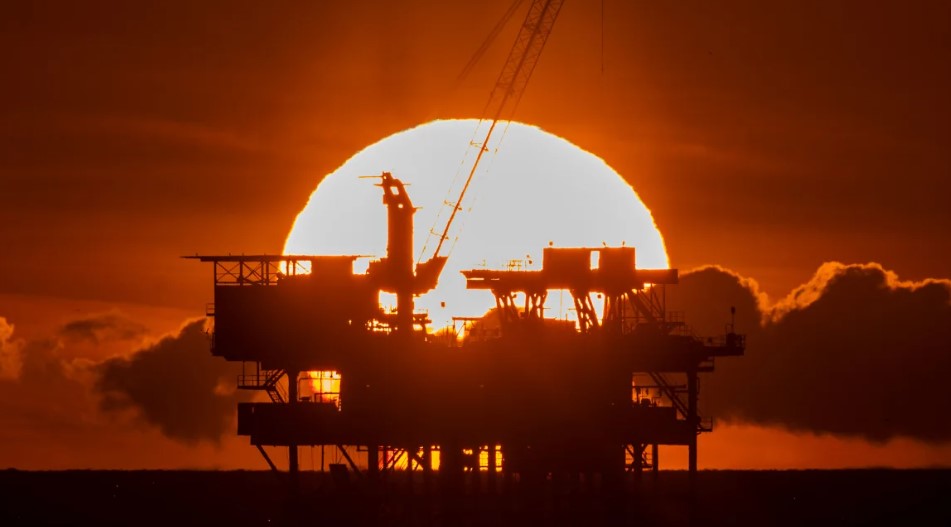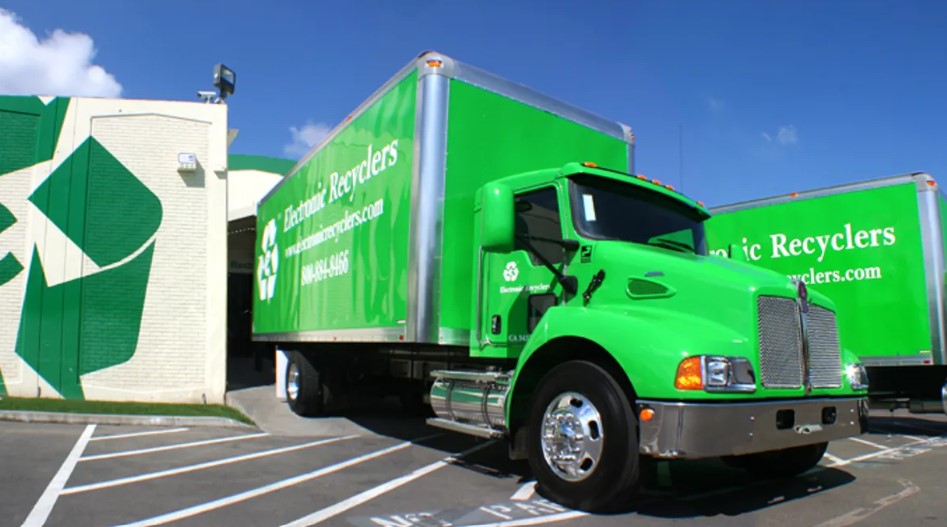
President Biden enacted permanent protections for over 625 million acres of US coastal waters. This action bars future oil and gas drilling. Key regions include the US East Coast, Gulf of Mexico, Pacific Coast, and parts of Alaska’s Northern Bering Sea. The administration aims to preserve marine ecosystems. They also seek to protect communities from offshore drilling risks.
Environmental and Economic Impacts of Drilling Ban
The protections safeguard coastal ecosystems and local economies. They also protect industries reliant on healthy marine environments. These include fishing and tourism. About 40% of Americans live in coastal regions. The decision responds to pollution, oil spills, and habitat destruction threats. Protected regions remain shielded from leasing. This ensures long-term ocean health.
Protection Decision Gains Broad Support
The decision garnered widespread support. Over 2,300 elected officials opposed expanding offshore drilling. Concerns included environmental health and public safety. In Alaska, over 70 coastal tribes welcomed the move. They pushed for protections in the Northern Bering Sea. This region is vital for Indigenous communities.
Key Protected Areas Detailed
The Biden administration used the Outer Continental Shelf Lands Act. Key protected areas include: The Northern Bering Sea, with 44 million acres safeguarded. The Eastern US Atlantic Coast and Eastern Gulf of Mexico, with 334 million acres protected. The Pacific Coast, with 250 million acres off-limits.
Historic Conservation Achievements Highlighted
This move solidifies President Biden’s conservation legacy. He protected more US lands and waters than any prior president. This totals over 670 million acres. This includes national monuments and wildlife refuges.
Broader Environmental Strategy Underway
These actions align with the administration’s climate agenda. This agenda focuses on reducing fossil fuel reliance. It promotes renewable energy. The administration advances clean energy projects. They also protect natural habitats. The America the Beautiful program targets 30% US lands and waters protection by 2030. SuperMetalPrice reports that this aims to enhance climate resilience.











Leave a Reply
You must be logged in to post a comment.